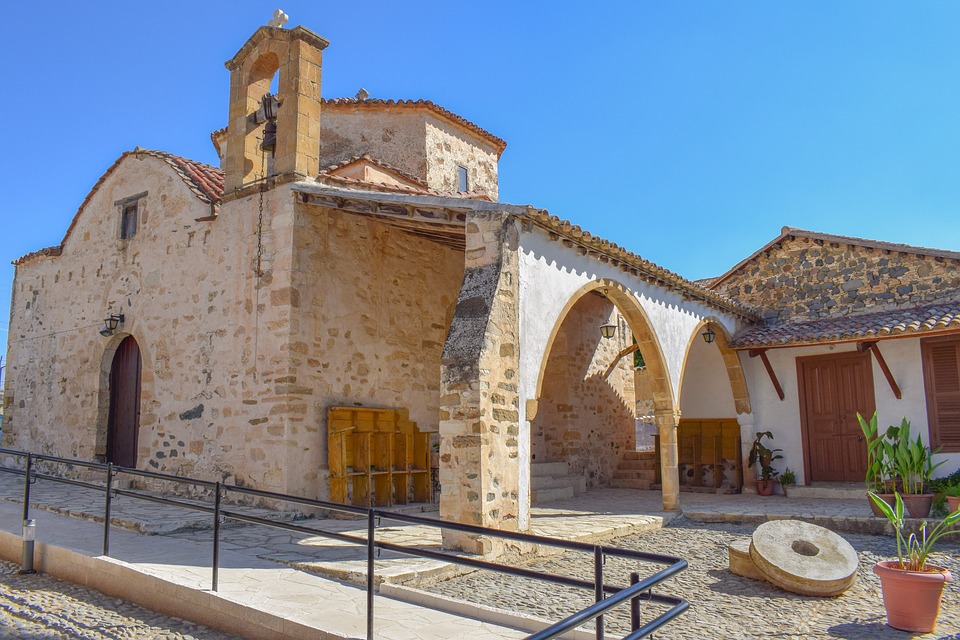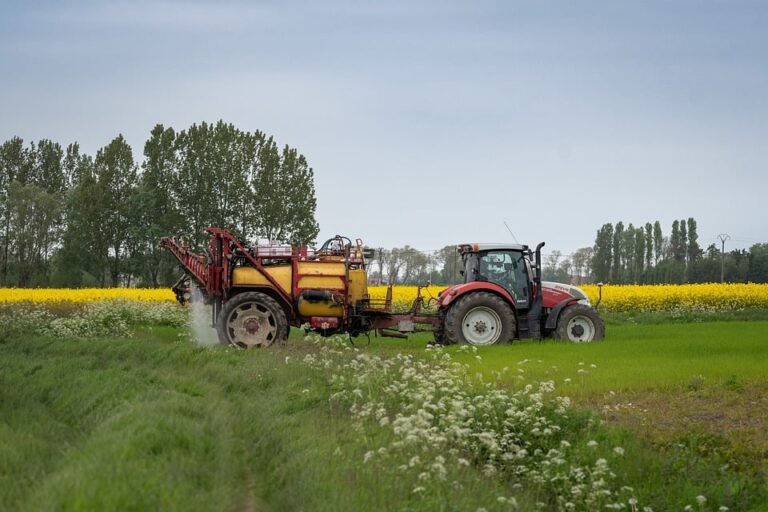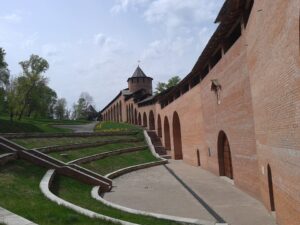Daily Life in 16th Century Russian Villages
During the 16th century, Russia was a vast and complex country with a rural population that made up the majority of its inhabitants. The daily life of those living in Russian villages during this time period was greatly influenced by the social and economic conditions of the era. Let’s take a closer look at what life was like for the people living in these rural communities.
Social Structure
In 16th century Russian villages, the social structure was hierarchical and largely based on land ownership. The nobility held the most power and owned the largest estates, while the peasantry worked the land as serfs. The serfs were bound to the land and required to provide labor, goods, or services to their landowners in exchange for protection and a place to live.
There was also a class of freemen who owned their own land and were not bound to any noble. These freemen had more autonomy and could engage in trade and other economic activities without the restrictions placed on serfs.
Economic Activities
Agriculture was the main economic activity in 16th century Russian villages, with most people working as farmers or laborers. The most common crops grown were grains such as wheat, barley, and rye, as well as vegetables like cabbage, peas, and turnips.
In addition to farming, many villagers also engaged in animal husbandry, raising livestock such as cattle, sheep, pigs, and chickens. Livestock provided a valuable source of food, clothing, and labor for the villagers.
Trade was another important economic activity in Russian villages during this time period. Villagers would travel to nearby towns and cities to sell their goods and purchase items they could not produce themselves. Some villagers also engaged in craftwork, such as blacksmithing, carpentry, or weaving, to supplement their income.
Religion and Tradition
Religion played a significant role in the lives of the people living in 16th century Russian villages. The Russian Orthodox Church was the dominant religious institution, and villagers would attend church services regularly and participate in religious festivals and ceremonies.
Many villagers also observed traditional folk beliefs and practices, such as the veneration of icons, the celebration of saints’ days, and the performance of rituals to ward off evil spirits. These traditions were deeply ingrained in village life and provided a sense of community and continuity with the past.
Family Life
Family was the central unit of society in 16th century Russian villages, with most households consisting of extended family members living together in a single dwelling. Families were responsible for providing food, shelter, and protection for their members, as well as passing down traditions and customs from one generation to the next.
Marriage was an important institution in Russian village life, and most people married at a young age. Marriages were typically arranged by the parents, and the wedding ceremony was a festive occasion that involved feasting, dancing, and other celebrations.
Children were valued members of the family and were expected to contribute to the household economy from a young age. Boys would help with farming or other labor-intensive tasks, while girls would learn domestic skills such as cooking, sewing, and childcare.
Health and Hygiene
Healthcare in 16th century Russian villages was rudimentary, with most illnesses treated at home using herbal remedies and folk medicine. Villagers would rely on the knowledge of local healers and wise women to cure their ailments, as well as prayers and rituals to appeal to the divine for help.
Hygiene practices were also basic, with most people bathing infrequently and using simple soap or water to clean themselves. Clean water was often in short supply, leading to the spread of waterborne diseases such as cholera and dysentery.
Conclusion
Life in 16th century Russian villages was characterized by a close connection to the land, traditional values, and a strong sense of community. While the social and economic conditions of the time could be challenging, villagers relied on their faith, family ties, and hard work to make a living and sustain their way of life.
Today, these villages are a reminder of a bygone era and the resilience of the people who lived there. By studying the daily life of 16th century Russian villagers, we can gain a better understanding of the past and the forces that shaped their world.





